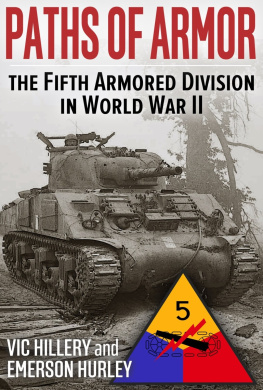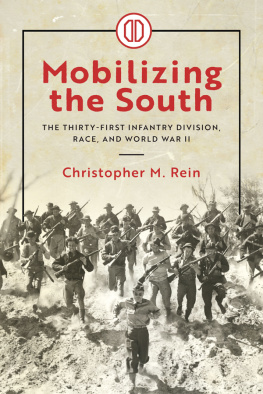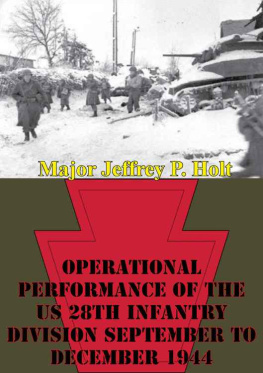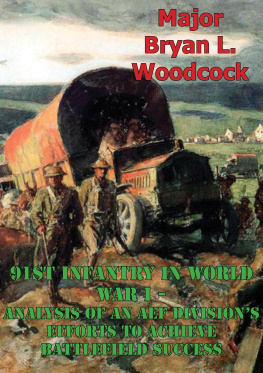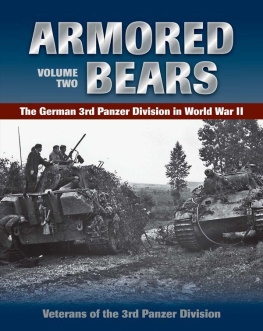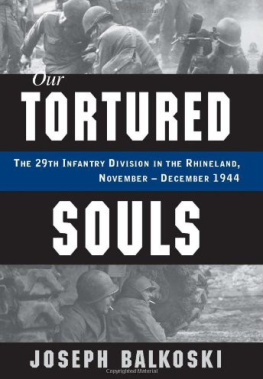Contents
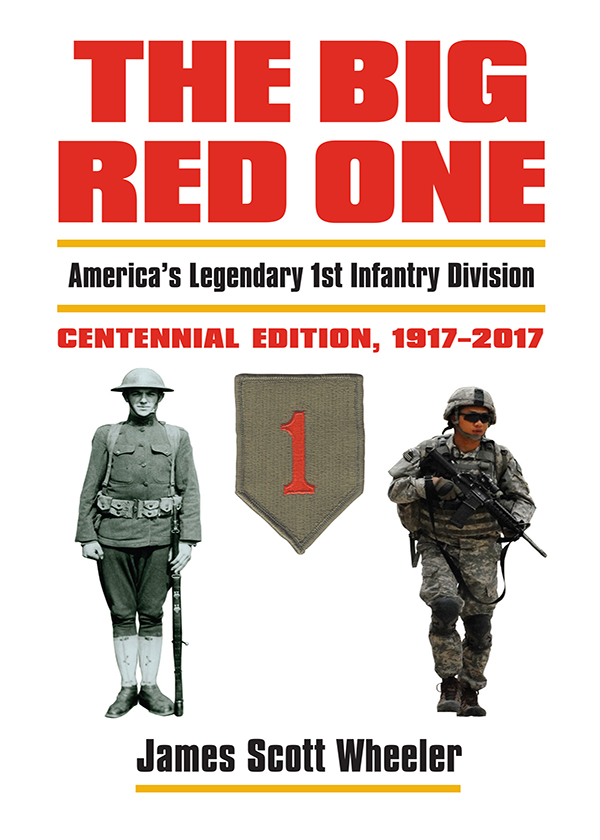
THE BIG RED ONE
MODERN WAR STUDIES
Theodore A. Wilson
General Editor
Raymond Callahan
Jacob W. Kipp
Allan R. Millett
Carol Reardon
Dennis Showalter
David R. Stone
James H. Willbanks
Series Editors
In collaboration with
Cantigny Military History Series
Cantigny First Division Foundation
Wheaton, Illinois
Paul H. Herbert
General Editor
THE BIG RED ONE
Americas Legendary
st Infantry Division
Centennial Edition, 19172017
James Scott Wheeler

University Press of Kansas
2017 by the University Press of Kansas
All rights reserved
Published by the University Press of Kansas (Lawrence, Kansas 66045 ), which was organized by the Kansas Board of Regents and is operated and funded by Emporia State University, Fort Hays State University, Kansas State University, Pittsburg State University, the University of Kansas, and Wichita State University
Library of Congress Cataloging-in-Publication Data
Names: Wheeler, James Scott, author. | Cantigny First Division Foundation.
Title: The Big Red One : America's legendary st Infantry Division / James
Scott Wheeler.
Description: Centennial edition, 1917 2017 . | Lawrence, Kansas : University
Press of Kansas, 2017 . | Series: Modern war studies | Series: Cantigny
military history series | Published in collaboration with the Cantigny
First Division Foundation and the Cantigny military history series (edited
by Paul H. Herbert). | Includes bibliographical references and index.
Identifiers: LCCN 2017007059 | ISBN 9780700624522 (cloth : alkaline paper)
| ISBN 9780700624539 (ebook)
Subjects: LCSH: United States. Army. Infantry Division, stHistory.
| United StatesHistory, Militaryth century. | United StatesHistory,
Militaryst century. | BISAC: HISTORY / Military / World War I.
| HISTORY / Military / Iraq War ( 2003 ).
Classification: LCC UA 27.5 st .W 2017 | DDC 356/.130973 dc
LC record available at https://lccn.loc.gov/2017007059.
British Library Cataloguing-in-Publication Data is available.
Printed in the United States of America
10987654321
The paper used in this publication is recycled and contains percent postconsumer waste. It is acid free and meets the minimum requirements of the American National Standard for Permanence of Paper for Printed Library Materials Z 39.48 1992 .
CONTENTS
LIST OF ILLUSTRATIONS
MAPS
PHOTOGRAPHS
Following page :
Following page :
Following page :
FOREWORD
For years, the quintessential element of the US Army has been the combined arms division. First among the hundreds of divisions that have been organized, deployed, and deactivated in that time is the st Division, todays st Infantry Division, the Big Red One. Nearly alone among the storied formations that have waged our countrys wars, the st Division has been on continuous active duty since its assembly on the docks of Hoboken, New Jersey, in June 1917 . Its story is the story of the US Army and the American soldierand in many ways the story of the United Statesin the twentieth century and into the twenty-first.
The st Division got its name by happenstance. When the United States entered World War I in April 1917 , it had no permanently organized divisions. Nevertheless, President Woodrow Wilson understood the urgency of French and British pleas for an immediate US presence in France. He promised to send a division at once, a psychological down payment on the forty-two that would follow. The regiments hastily ordered to Hoboken from duty in Texas on the Mexican Punitive Expedition were organized into the st Expeditionary Division, meaning just thatthe first of many.
Since then, the st Division has been first many timesfirst to Europe in both world wars, and, in both, first in contact with the enemy; first ashore at Omaha Beach in 1944 ; first to deploy troops by jet transport from the United States to Europe; one of the first two divisions deployed simultaneously to Vietnam in 1965 ; first to train at the National Training Center at Fort Irwin, California. Its combat history is important and compelling, but its long list of firsts is also significanthow the United States adapted militarily to the changing strategic and domestic imperatives of the last hundred years can be traced in the story of the st Division.
Any division history is replete with commanders, battles, and weaponsthis history is no exception. But just as important are the remarkable soldiers who have made up the st Division over the years. They have consistently shown an esprit de corps remarked upon by credible observers in every generation. st Division veterans banded together in 1919 to form the Society of the First Division, an organization that has published a newsletter and held an annual reunion ever since and is active today. Officers who have served in the division in combat have been gathering at an annual dinner since 1920 . The divisions soldiers and veterans have passed their legacy and traditions from generation to generation.
Recognizing the significance of this story, the First Division Museum at Cantigny Park sponsored the first edition of this book between 2003 and 2007 . Dr. James S. Scott Wheeler proved and remains the perfect researcher and author. A combat veteran and retired army colonel, he has a passion for the subject that has carried this project through all challenges. Now, as the centennial of the Big Red One approaches and its soldiers have been at war for most of the intervening ten years, we are delighted to add this updated and revised edition to the Cantigny Military History Series. We are even more delighted to have the University Press of Kansas present it again in their distinguished Modern War Studies series.
Since we began this project, another generation of Americans has been called to service, many of them with the st Division. The st Division provided its st Battalion, rd Armor, to the rd Airborne Brigades parachute assault into northern Iraq in 2003 , the largest airlift of an armor unit into hostile territory in American military history. The st Divisions st Brigade fought in Ramadi, Iraq, from September 2003 to September 2004 . In 2004 , the rest of the st Division deployed from Germany to Iraq as Task Force Danger. Combining Regular Army, Army Reserve, Army National Guard, US Air Force, US Marine, and Iraqi units, as well as civilian agencies, the division conducted sophisticated counterinsurgency operations in north-central Iraq for over a year, helping to make possible, in January 2005 , the first free and fair election in Iraqi history. For three years, the st Division at Fort Riley, Kansas, oversaw the training of American military advisers to the Iraqi and Afghan security forces. After the modularization of the army in 2006 , new brigade combat teams of the Big Red One deployed again and again to Iraq and Afghanistan, as did the division headquarters, aviation, artillery, engineers, and logistical units. The th Infantry Brigade Combat Team of the division was part of the surge of US troops to Iraq in 2007 . Since the withdrawal of major US combat forces from Iraq and Afghanistan in 2011 and 2014 , units of the st Division have been back to both countries to assist their fledgling governments and security forces in their continuing struggles against terrorist organizations such as the so-called Islamic State and the Taliban. Soldiers and units of the st Division have provided military assistance to friendly states throughout Africa and stand ready for deployment anywhere in the world.


